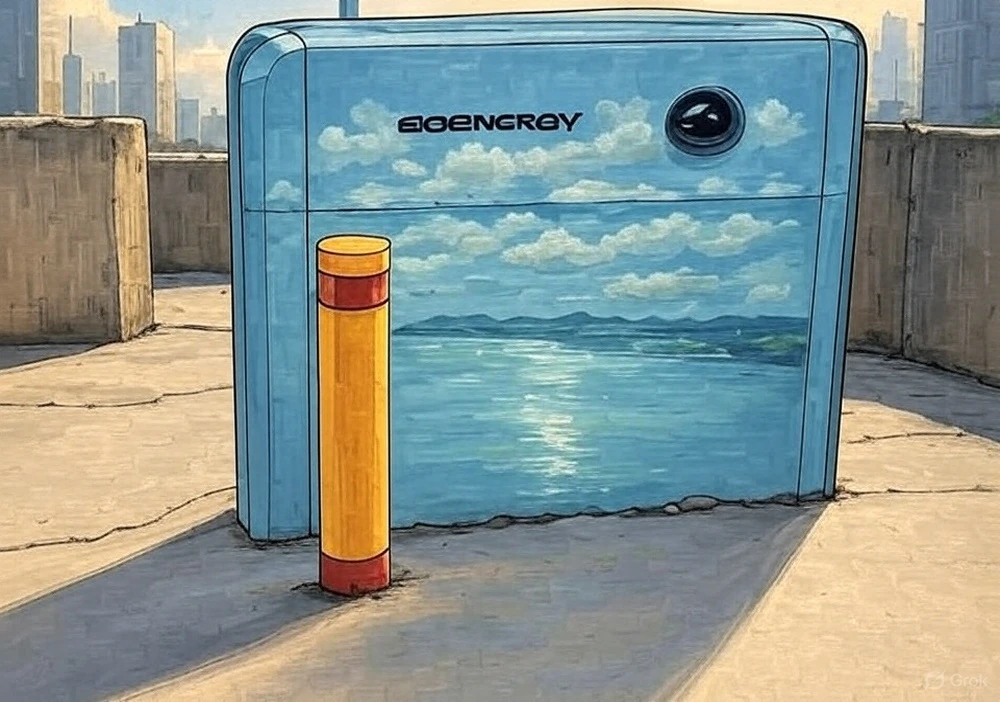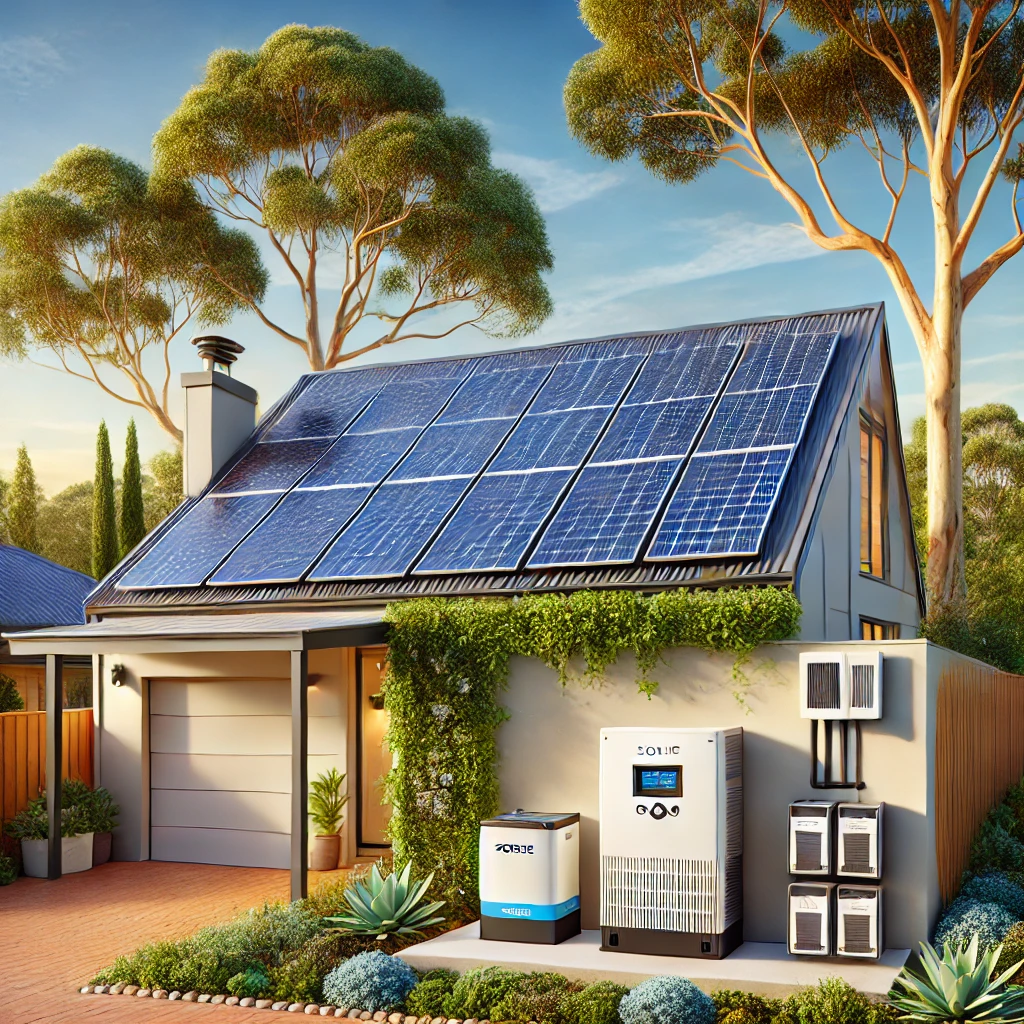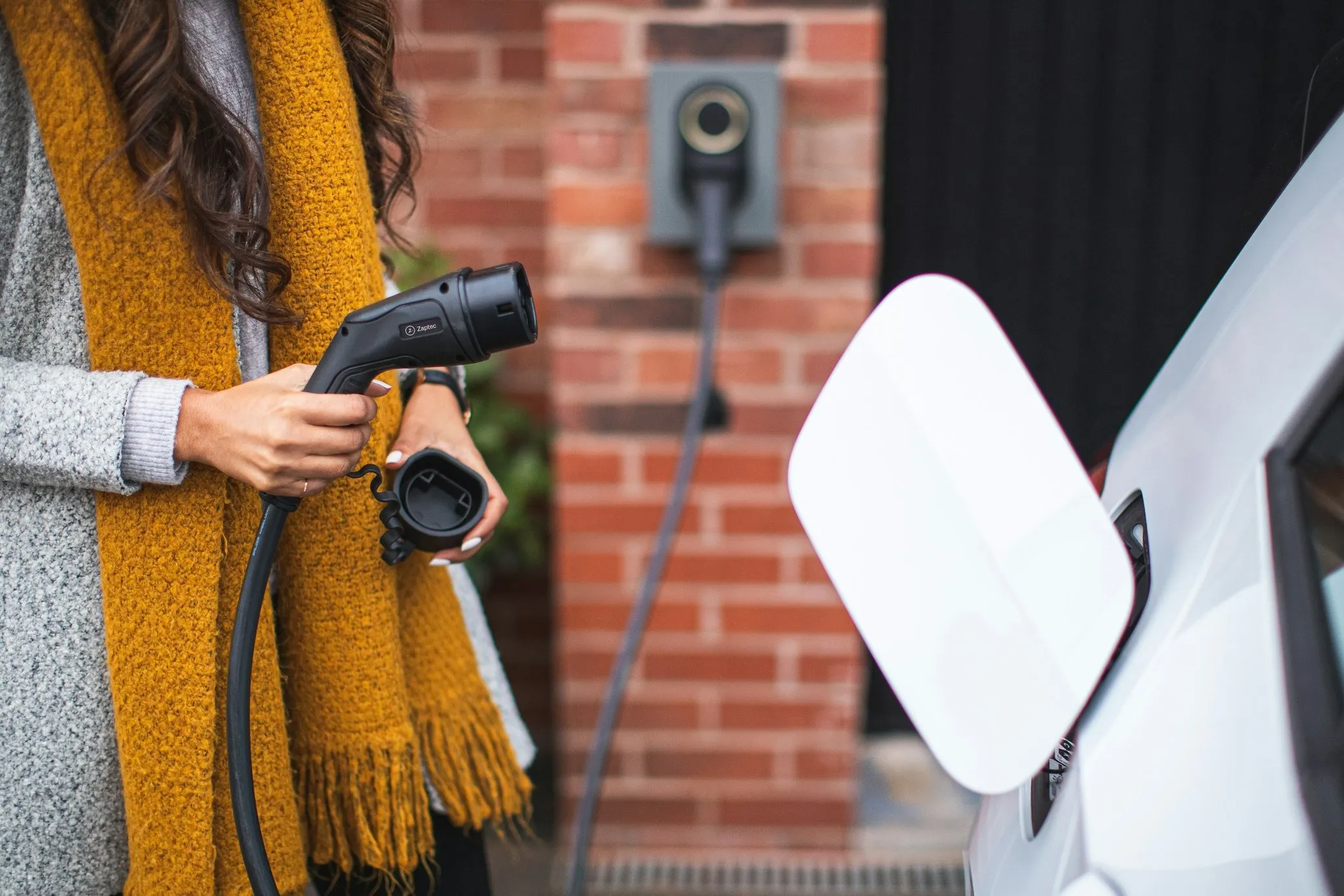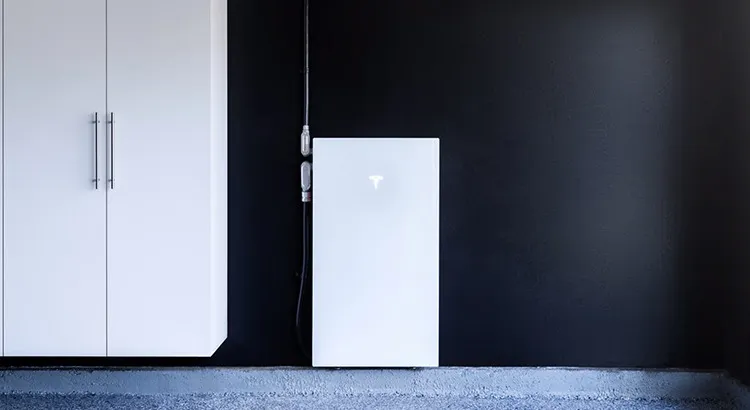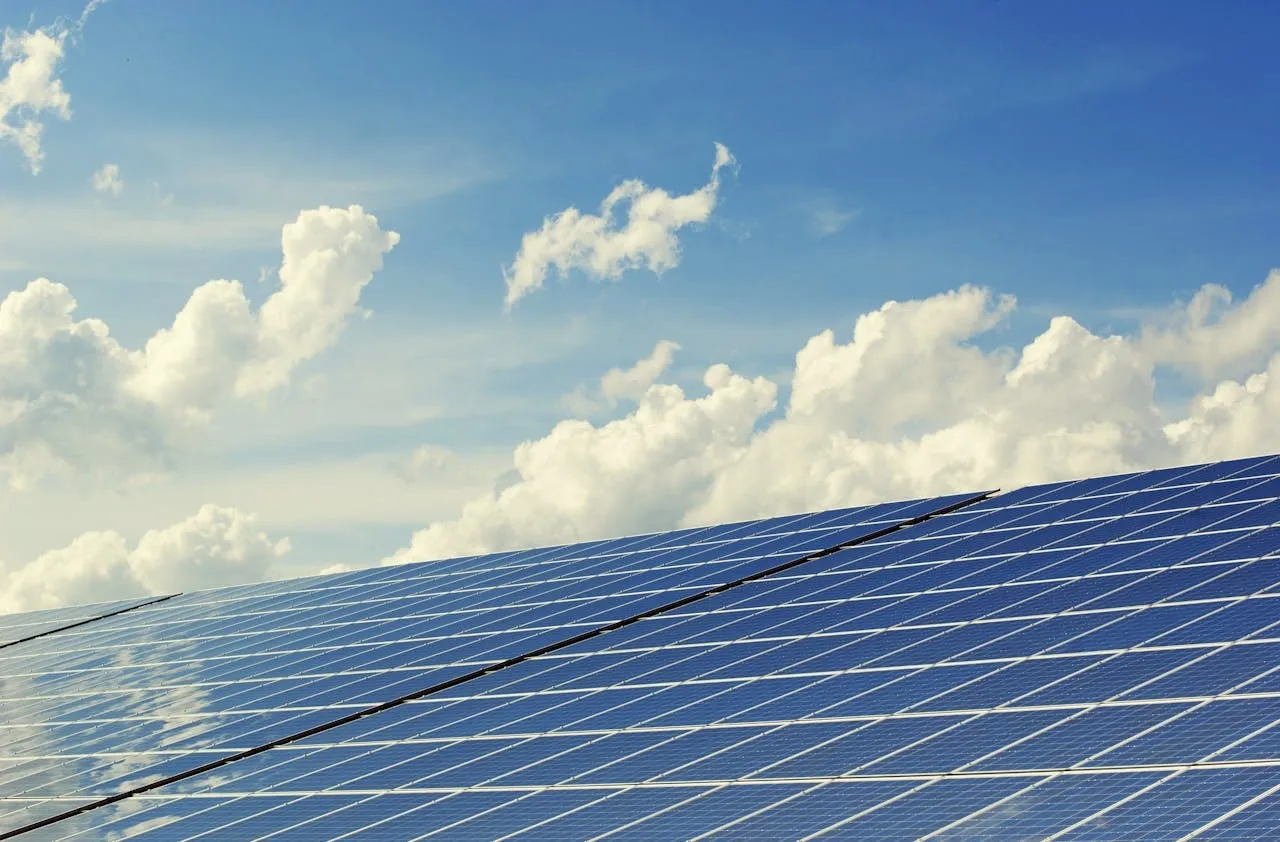
Blog
Black Solar Panels – Are They Right for Your Home?
18 Nov, 2024
Why Black Solar Panels Are Gaining Popularity in Canberra
As Australia leads the world in residential solar adoption, more homeowners in Canberra are turning to sleek, all-black solar panels for a modern and sophisticated look. But beyond aesthetics, black panels also offer superior efficiency and performance in low-light conditions.
Comparing Black Solar Panels to Traditional Blue Panels
When choosing between black and traditional blue solar panels, Canberra homeowners must consider efficiency, durability, and performance in extreme temperatures. Here's a quick comparison:
| Aspect | Black Panels | Blue Panels |
|---|---|---|
| Efficiency | 1–2% higher conversion rate | Slightly lower |
| Low-Light Performance | Better in cloudy/shaded conditions | Less effective |
| Heat Retention | Higher (can slightly affect efficiency) | Lower |
| Aesthetic Appeal | Sleek, modern appearance | Standard, traditional look |
While black panels retain more heat, modern cooling technologies help maintain efficiency even in Canberra's hot summers.
Monocrystalline Cell Structure
Black solar panels use advanced monocrystalline cell technology, where silicon is refined into a single-crystal structure. This leads to fewer defects, higher efficiency, and the deep black color that absorbs more sunlight.
High-Quality Manufacturing Process
The premium nature of black panels stems from their intricate manufacturing process:
-
Single silicon crystals are grown and sliced into wafers.
-
Anti-reflective coatings enhance light absorption.
-
Black EVA backsheet and anodized aluminum frames ensure durability.
Heat Absorption & Cooling Innovations
Black panels tend to absorb more heat, but modern innovations help mitigate this:
-
Advanced ventilation systems allow better air circulation.
-
Semi-transparent back sheets reduce thermal buildup.
-
Temperature-resistant coatings improve heat dissipation.
While black solar panels are slightly more expensive, their higher efficiency and durability lead to better long-term savings. Here’s what Canberra homeowners can expect:
| Cost Factor | Black Panels | Traditional Panels |
|---|---|---|
| Initial Investment | $239 – $291 per sqm | 20–25% cheaper than black panels |
| Lifespan | 30–40 years | 20–25 years |
| Payback Period | 4–6 years | 6–8 years |
| Annual Savings | Higher due to better efficiency | Standard |
Local Incentives & Rebates in Canberra
Canberra residents can benefit from government solar rebates that help reduce upfront costs. Solar4Life assists homeowners in claiming these rebates for maximum savings.
Unlike smaller installers in Canberra, Solar4Life is a well-established solar company with a local warehouse and extensive industry experience. Our advantages include:
-
A Large-Scale Operation – More buying power means better prices for you.
-
Local Stock Availability – Faster installation compared to competitors who rely on external shipments.
-
Premium Product Range – Offering top-tier black solar panels from AIKO, REC, Jinko, and Winaico.
-
Proven Track Record – Years of experience in Canberra’s solar industry with a high customer satisfaction rate.
Browse Our Black Solar Panel Range
| Product | Power Output | Starting Price (AUD) |
|---|---|---|
| AIKO Neostar 2S N-Type | 455W | $172.00 |
| REC Alpha Pure-RX | 460W | $297.00 |
| REC Alpha Pure-RX | 470W | $310.00 |
| Jinko Tiger Neo | 440W | $160.11 |
| Winaico Full Black | 445W | $209.00 |
Environmental & Climate Considerations for Canberra
Canberra’s Solar Potential
Canberra enjoys over 2,800 hours of sunlight per year, making it an ideal location for solar power. However, summer temperatures can exceed 40°C, which impacts panel performance.
Heat Management Strategies
To optimize efficiency in Canberra’s climate, Solar4Life implements:
-
Optimized panel spacing to improve airflow.
-
Cool-roof technology to reduce thermal buildup.
-
Strategic panel orientation for maximum energy generation.
Black solar panels combine aesthetics, efficiency, and long-term durability, making them a top choice for Canberra homeowners. With Solar4Life, you get:
-
Expert consultation and installation
-
Premium products from trusted brands
-
Local stock for faster service
-
Competitive pricing and rebates assistance
📍 Visit us at: 4/66 Heffernan St, Mitchell ACT 2911
📞 Call us: (02) 6182 2724
📩 Email us: info@solar4life.com.au
🌏 Website: www.solar4life.com.au
[Embed Google Map of Business Location Here]
Are black solar panels more efficient?
Yes! Due to their monocrystalline structure, black panels convert 1-2% more sunlight into electricity compared to blue panels.
Do black solar panels work well in Canberra?
Absolutely. Their superior low-light performance makes them effective even on cloudy days, and modern heat management solutions improve their efficiency in high temperatures.
Are black solar panels worth the extra cost?
While they cost 20-25% more initially, their higher efficiency, longer lifespan, and lower maintenance costs make them a smart long-term investment.
Do black solar panels require more maintenance?
Not at all. They require the same regular cleaning and inspections as traditional panels, with minimal additional upkeep.

